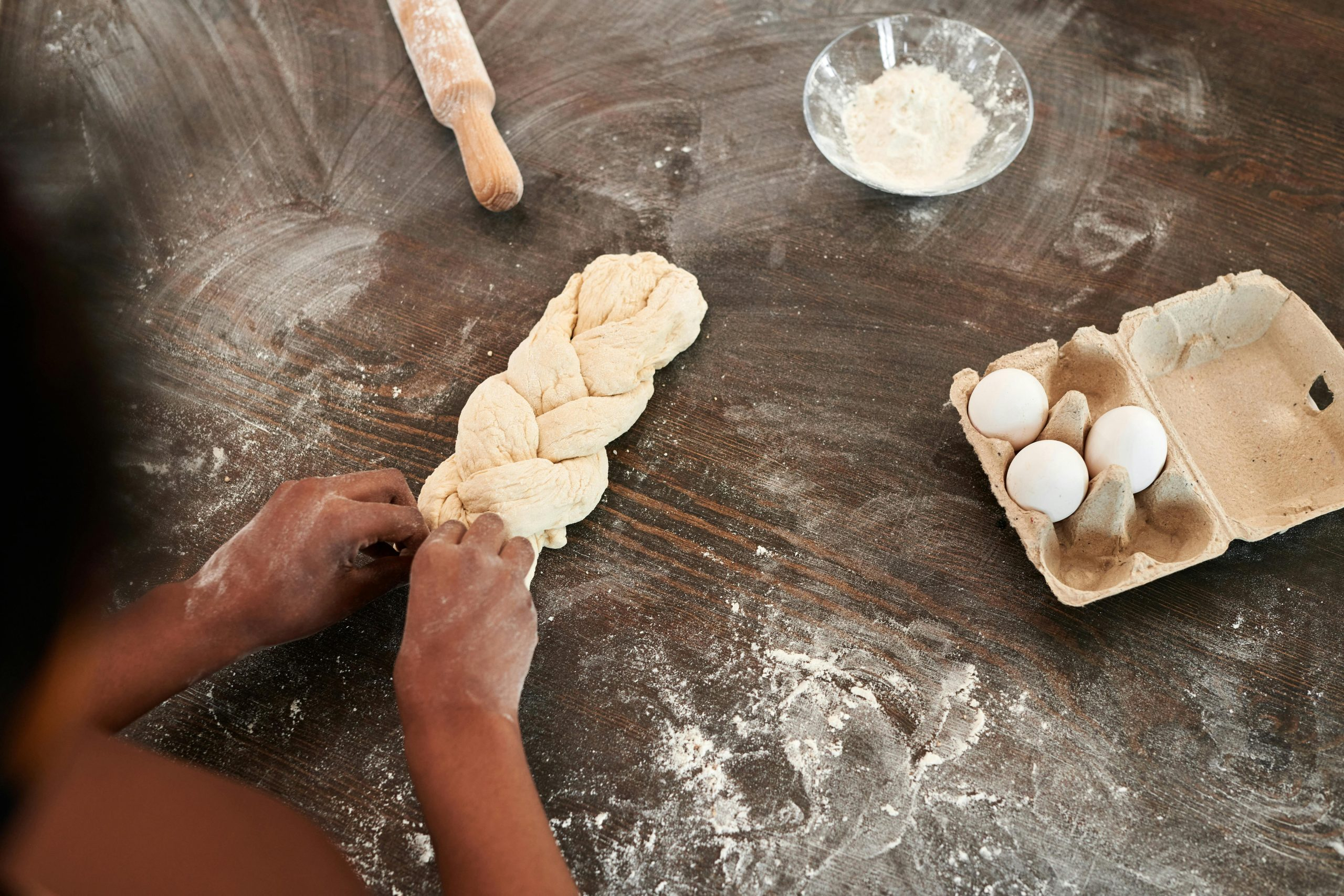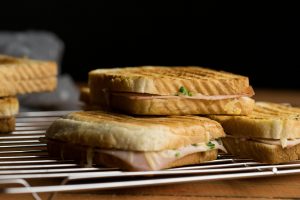Perfecting the Art of French Pastries at Home
Have you ever been to a bakery and been mesmerized by the display of perfectly crafted French pastries? The delicate layers, the intricate designs, and the melt-in-your-mouth texture make French pastries a true delight. You may have wondered how these delectable treats are made and if it’s possible to perfect the art of French pastry-making at home. The answer is, yes, you can! In this article, we’ll guide you through the process of making French pastries at home that will impress even the most discerning palate. So, put on your chef’s hat and let’s get baking!
Understanding French Pastry Basics
Before diving into the details of French pastry-making, it’s essential to understand the basics. French pastries are known for their light and delicate texture, which is achieved by using specific ingredients and techniques. The key components of French pastries are flour, butter, sugar, and eggs. Unlike other types of pastries, French pastries rely on the quality of these ingredients rather than adding a variety of flavors and fillings.
The Role of Butter and Flour
The secret to the flaky and light texture of French pastries lies in the use of high-quality butter and flour. French butter contains a higher percentage of butterfat, making it rich and creamy. Using this type of butter will ensure that your pastries have a buttery and luxurious flavor. Additionally, using a good quality flour, like all-purpose or pastry flour, will result in a tender and flaky crust.
Sugar and Eggs in French Pastries
Sugar plays different roles in different types of pastries. However, in French pastries, it’s primarily used for sweetness and color. The amount of sugar used in French pastries is relatively low compared to other types of pastries, allowing the other ingredients to shine through. On the other hand, eggs provide structure and help with the leavening of the pastries. They also add richness and flavor to the dough.
The Key Techniques to Master
French pastry-making is an art that requires precision and skill. To achieve the perfect French pastries at home, you must master some key techniques. Let’s take a look at them below:
Sifting the Flour
Sifting the flour may seem like an unnecessary step, but it’s crucial in French pastry-making. Sifting the flour not only removes any lumps but also aerates it, resulting in a lighter and fluffier dough.
Creaming the Butter
In French pastries, the butter and sugar are creamed together until light and fluffy. This process, also known as beating, helps incorporate air into the dough, which creates layers and produces a flaky crust.
Folding the Dough
Folding the dough is a technique used in French pastry-making to create countless layers, giving the pastries the signature flaky texture. It involves rolling out the dough and then folding it in thirds, repeating the process several times to create layers.
French Pastry Recipes to Try at Home
Now that you have a good understanding of the basics and key techniques of French pastry-making, it’s time to put them into practice. Here are two classic French pastry recipes that you can easily make at home:
Croissants
A croissant is a quintessential French pastry loved all over the world. To make this buttery and flaky pastry at home, you’ll need all-purpose flour, unsalted butter, salt, sugar, active dry yeast, and water. The process involves mixing the ingredients, rolling and folding the dough, then shaping and baking the croissants until golden and puffed up.
Éclairs
Éclairs are another popular French pastry made from choux pastry. The choux pastry involves cooking butter, water, flour, and eggs on the stovetop, then piping and baking them until they puff up. Once cooled, the éclairs are filled with a creamy custard and topped with a chocolate glaze.
Tips for Perfecting French Pastries
French pastry-making can be challenging, and it may take a few tries to get it right. But don’t get discouraged, with practice and these tips, you’ll soon be making perfect French pastries at home:
Keep Everything Cold
Cold butter and cold dough are essential for flaky and light French pastries. Make sure to chill the dough between folding and rolling to prevent the butter from melting into the dough and ruining the layers.
Use a Scale
French pastry-making requires precision, and measuring ingredients by weight rather than volume will give you more consistent results. Invest in a kitchen scale to accurately measure the ingredients.
Be Patient
Making French pastries requires patience and time. Don’t rush the process; take your time and follow the steps carefully. The end result will be worth the wait!
With these tips and recipes, you’re now ready to perfect the art of French pastry-making at home. Remember to use high-quality ingredients, master the key techniques, and be patient, and you’ll soon be baking like a pro. Bon appétit!











